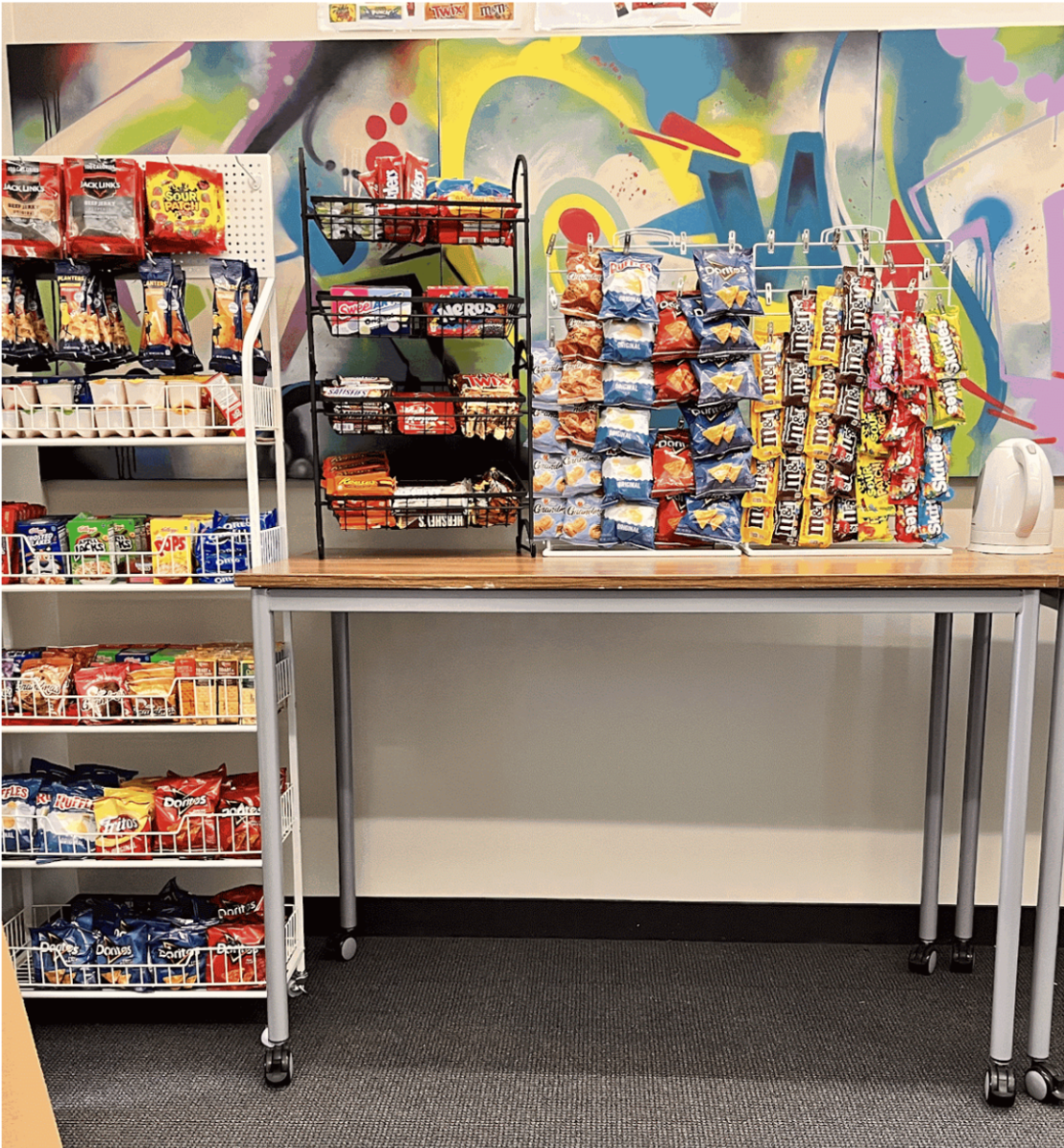Tatiana Guiterrez
Senior Reporter
Like most teens, sophomore Paloma Palmer strives to get a tan during the sum-mer months, whether by laying out on the beach or just hanging out in the sun.
“I try to tan as much as possible when I am on vacation,” Palmer said. “If I am desperate to get a tan, I usually just apply sunscreen once a day.”
But applying sunscreen once a day isn’t enough, according to the American Cancer Society that recommends applying sun- screen every four hours in direct sunlight since over-tanning and sunburns lead to skin damage, skin cancer and DNA damage in some severe cases.
“There is no such thing as a safe tan,” Kathleen Welsh, MD, who practices dermatology in San Francisco, said. “It’s a sign of skin damage.”
A tan is the result of pigment produced in the melanocyte cell as a reaction to the ultraviolet radiation. The skin becomes darker as more pigment is produced.
“The only good thing about tans are they protect you from sunburns,” Welsh said.
Sunburns and over-tanning both cause skin damage and skin cancer and can age a person’s appearance five to 10 years. The diagnosis of melanoma, an aggressive and sometimes fatal skin cancer, has increased eightfold in women under the age of 40, according to the Mayo Clinic.Daily application of water- proof and sweat proof sunscreen containing titanium and zinc oxide reflects ultraviolet radiation and protects against skin damage, blocking ultraviolet radiation produced by the sun, according to Welsh.
“When I am out on the bay, I always make sure to apply sun- screen,” Claire Mohun, who is on the sailing team, said. “There have been times where I have gotten burned even on a cloudy day.”
Regardless of the weather, Welsh advises applying teaspoon of sunscreen to the face and a one-eighth to one-fourth of a cupto the rest of the body.
“I try to put on sunscreen as
much as possible because I am particularly pale,” Mohun who is susceptible to sunburns, said.
Aerosol sunscreens easily rub off, but rubbing them in thoroughly after spraying can be as protective as lotion sunscreens, according to Welsh.
“The best way to protect from the sun is clothing,” Welsh said. “Whenever you have the chance, get under an umbrella and cover your face.”
UV rays reflected off of shiny or reflective surfaces can cause skin damage and are not always avoidable in the shade, according to the American Cancer Society.
“I know sunburns are damaging, but they are also extremely irritating,” Mohun said. “I hate having to deal with the pain and my skin peeling afterwards, so I usually just avoid tanning all together.”
Alternatives to skin damage are spray tans and self-tanning lotions.
“Spray tans are great, they look natural and are evenly applied,” Palmer said. “It doesn’t require laying out in the sun for days try- ing to look as tan as I would with a spray tan.”
Spray tans are usually safe, although the tanning additive DHA, found in spray tan mistand self-tanning lotions, can be dangerous when ingested and can cause allergic reactions, but are otherwise harmless when used externally, according to the Mayo Clinic.
“I try not to breathe while they are spraying the mist, but I can’t hold my breath the whole time,” Palmer said. “There isn’t an option to wear a mask even though the person spraying the mist wears one. The mask isn’t offered because my face is sprayed to be the same shade as the rest of my body.”
Self tanners do not cause skin damage because the lotion is applied to the outer dead skin cells, staining the skin. As the dead skin cells slough off, the artificial tan begins to fade, according to the Mayo Clinic.
“Exfoliate really well before- hand,” Welsh said. “Then start using the self tanner.”
Welsh recommends applying self tanning lotion to the ankles and the knees at the last because buildup can cause the tan to look uneven or tint an unnatural color.
Over tanning and sunburns in childhood and adolescence con- tribute to skin damage and possible skin cancers, as damage by the sun is permanent.
“Tanning is like smoking for your skin,” Welsh said. “It’s only going to cause problems later.”








